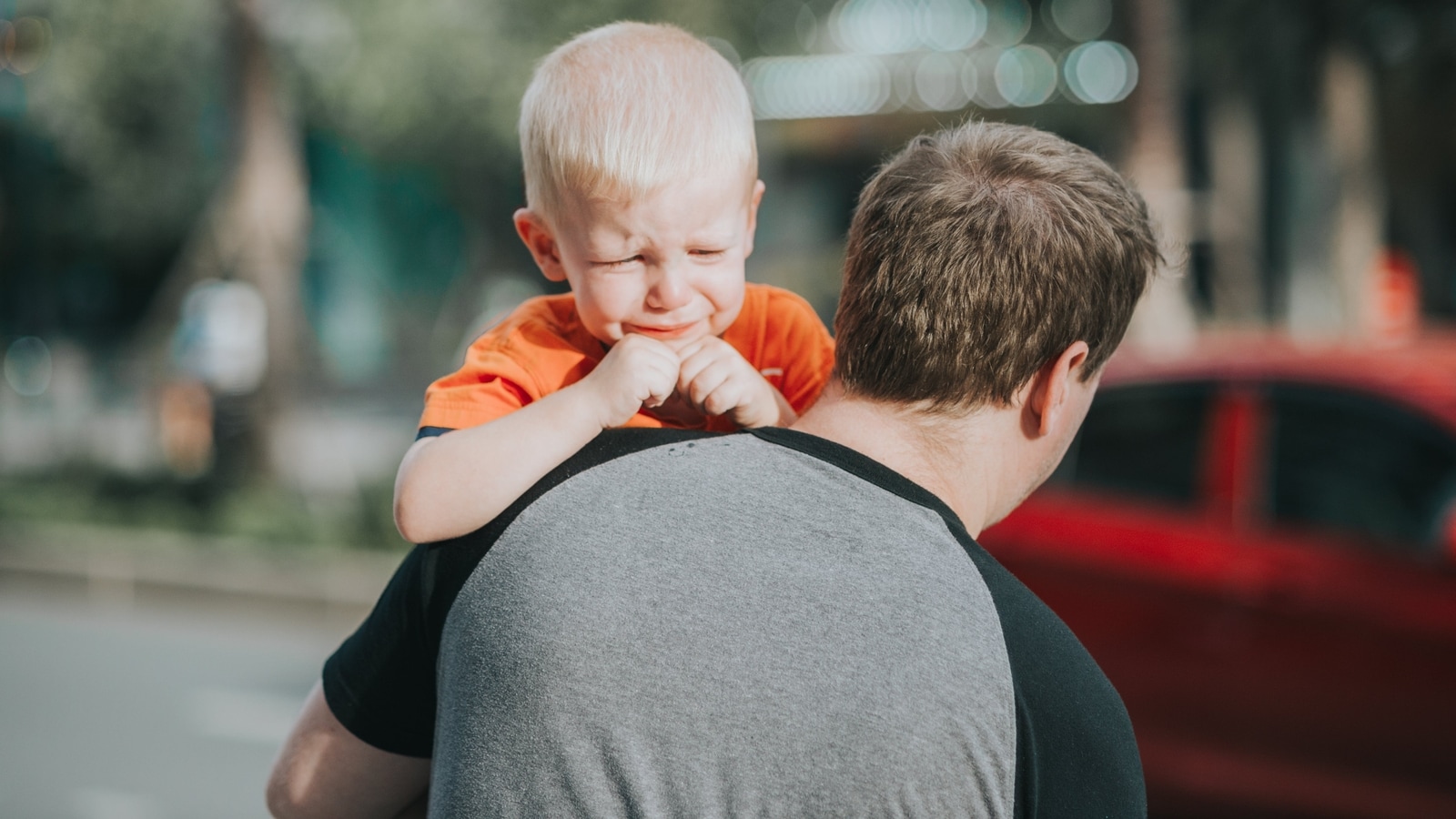Practical Strategies to Alleviate Separation Anxiety in Children
As children transition into daycare and preschool, it is common for them to experience separation anxiety, a challenging yet normal phase. This emotional response can evoke fear and distress in preschoolers, making it essential for parents to recognize the signs and provide necessary support during this period of change.
Understanding Separation Anxiety
Separation anxiety typically emerges around 18 months of age and tends to resolve by the time a child reaches 3 years old. However, even children accustomed to daycare may exhibit clingy behavior after extended periods at home. This anxiety manifests as a fear of being apart from caregivers, leading to emotional distress and physical symptoms like stomachaches or headaches.
Experts attribute separation anxiety to a combination of biological and environmental factors, including genetic predisposition and brain chemical imbalances. Additionally, children can absorb anxiety from their surroundings, particularly from family members. Changes in routine or traumatic events can exacerbate these feelings, warranting attention if they persist beyond 8 weeks.
Tips for Addressing Separation Anxiety
To help children cope with separation anxiety effectively, consider the following strategies recommended by Sibi Fakih, Lead Curriculum Development at Kangaroo Kids:
a) Prepare Your Child: Familiarize your child with the new environment by visiting the daycare or preschool in advance. Introduce them to the caregivers and surroundings to ease the transition.
b) Encourage Expression: Create a safe space for your child to express their emotions about separation. Validate their feelings and engage in open conversations to enhance their understanding.
c) Promote Empathy: Explore stories or arrange playdates that illustrate positive experiences in new settings. Encourage empathy and understanding through imaginative play.
d) Gradual Separation: Initiate short separations and gradually extend the duration to help your child adjust to being away from you.
e) Visual Support: Use visual aids like calendars or schedules to outline the day’s activities and reunification times, reducing uncertainty.
f) Comfort Objects: Allow your child to bring a familiar toy or blanket for reassurance during separations, providing a sense of security.
g) Reassurance: Stay calm and reassuring when saying goodbye, reaffirming your return and expressing love and support to ease their anxiety.
h) Foster Independence: Encourage age-appropriate independence by involving children in daily tasks, fostering confidence and self-reliance.
By approaching separation anxiety with patience, empathy, and effective communication, caregivers can guide children through this transitional phase, promoting emotional resilience and successful adaptation to new environments.
For more Lifestyle News, including Fashion, Health, Travel, and Relationships, visit the Hindustan Times Website and APPs.

